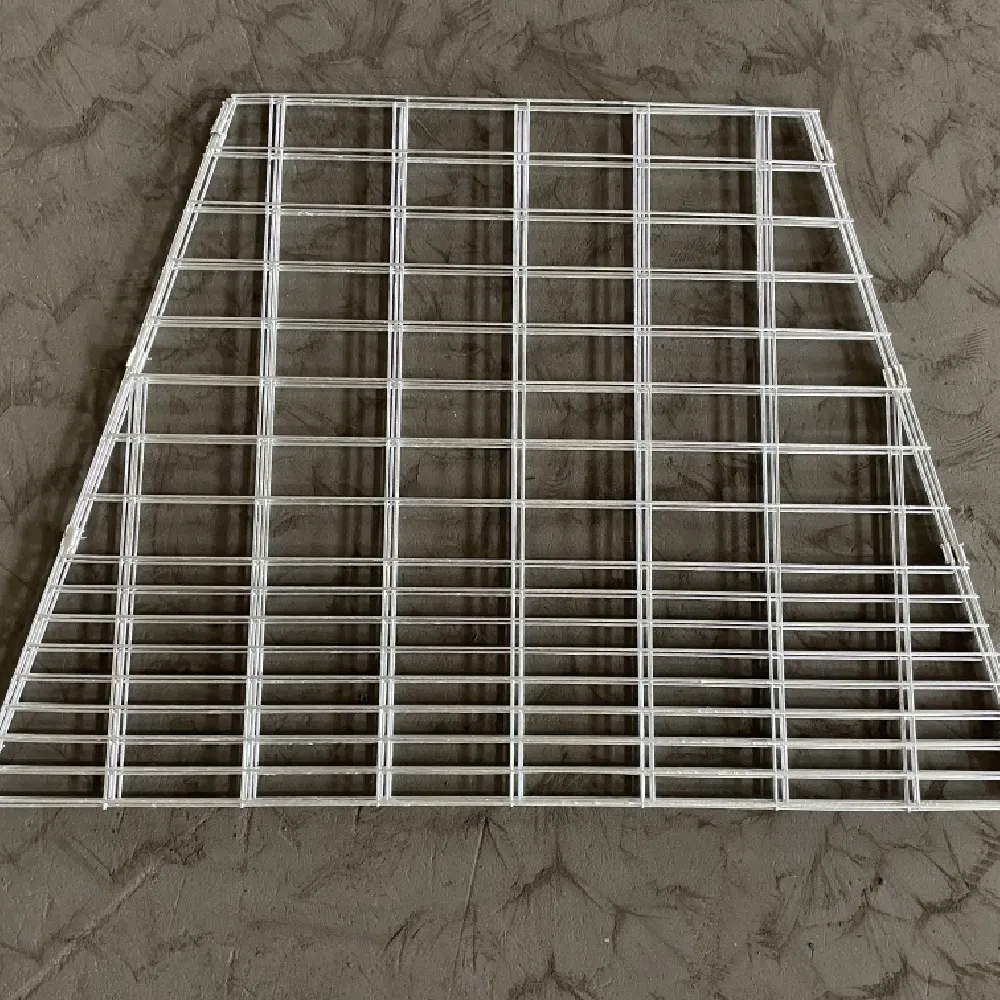In today’s dynamic construction landscape, understanding the nuances of grating steel price trends is pivotal for both industry veterans and newcomers. Grating steel, renowned for its structural stiffness and long-lasting durability, serves myriad purposes in projects ranging from industrial flooring to platforms and walkways. To make informed financial decisions and optimize procurement strategies, diving deep into the factors influencing grating steel costs is crucial.

One major determinant of grating steel pricing is raw material costs. Steel, composed primarily of iron, is vulnerable to fluctuations in the global commodities market. A significant portion of the steel price hinges on global iron ore and scrap steel supply chains, which are subject to geopolitical tensions, trade policies, and economic forecasts. For instance, any disruptions in a key producing country can send ripples across the global market, affecting not just availability but costs exponentially. By keeping a finger on these global pulses, industry stakeholders can anticipate potential pricing shifts.
Moreover, manufacturing and production capabilities greatly impact grating steel prices. Facilities equipped with advanced technologies and automated processes can produce at scale more efficiently, often reducing lead times and expenses. Conversely, industries that still rely on outdated technology may face higher operational costs, thereby pushing up the prices of their grating steel products. To navigate these variances, savvy buyers must weigh the benefits of engaging with technologically advanced manufacturers, where higher upfront costs might align with overall value due to enhanced product quality and durability.

Transportation logistics add another layer of complexity to the cost structure of grating steel. This aspect is twofold Domestic logistical challenges, often influenced by fuel prices and transport regulations, can greatly affect how much distributors charge. Additionally, international procurement requires navigating tariffs, import duties, and potential delays in the supply chain. Industry experts emphasize forming strong partnerships with logistics providers and staying informed about local and international transportation trends.
grating steel price
An often overlooked yet vital factor is the effect of market demand cycles on grating steel pricing. During peak construction seasons or post-economic downturns, heightened demand can lead to scarce supply and increased costs. As the industry shifts toward more green construction practices, grating steel, known for its recyclables and minimal waste generation, might experience spikes in demand, further influencing its market price. This trend underlines the importance of monitoring industry forecasts and patterns to secure cost-effective purchases.
Quality certifications and compliance also bear weight on pricing. Grating steel used in construction must meet stringent safety and structural standards. Products that carry internationally recognized certifications may warrant a price premium because they assure buyers of meeting rigorous safety and durability criteria. Industry endorsements can also provide peace of mind, reducing the risk of project failures and ensuring long-term structural integrity. Investing in certified grating steel often means balancing higher initial expenditures with the assurance of reliability and lower lifecycle costs.
Finally, in an ever-evolving market, the importance of building relationships with reputable suppliers cannot be overstated. Establishing long-term partnerships can lead to favorable pricing agreements, priority during high-demand periods, and insight into future pricing trends. Suppliers renowned for their credibility often offer transparency regarding cost determinants and provide advice tailored to unique project needs.
In conclusion, the price of grating steel is a mosaic painted by raw material costs, manufacturing capabilities, transportation logistics, demand cycles, and compliance standards. Staying ahead requires a strategic blend of global market awareness, technological insights, and robust supplier relationships. As the industry continues to advance, those equipped with detailed understanding and strategic foresight will effectively maneuver through the complexities of grating steel purchasing, ensuring both cost efficiency and high product quality.
























